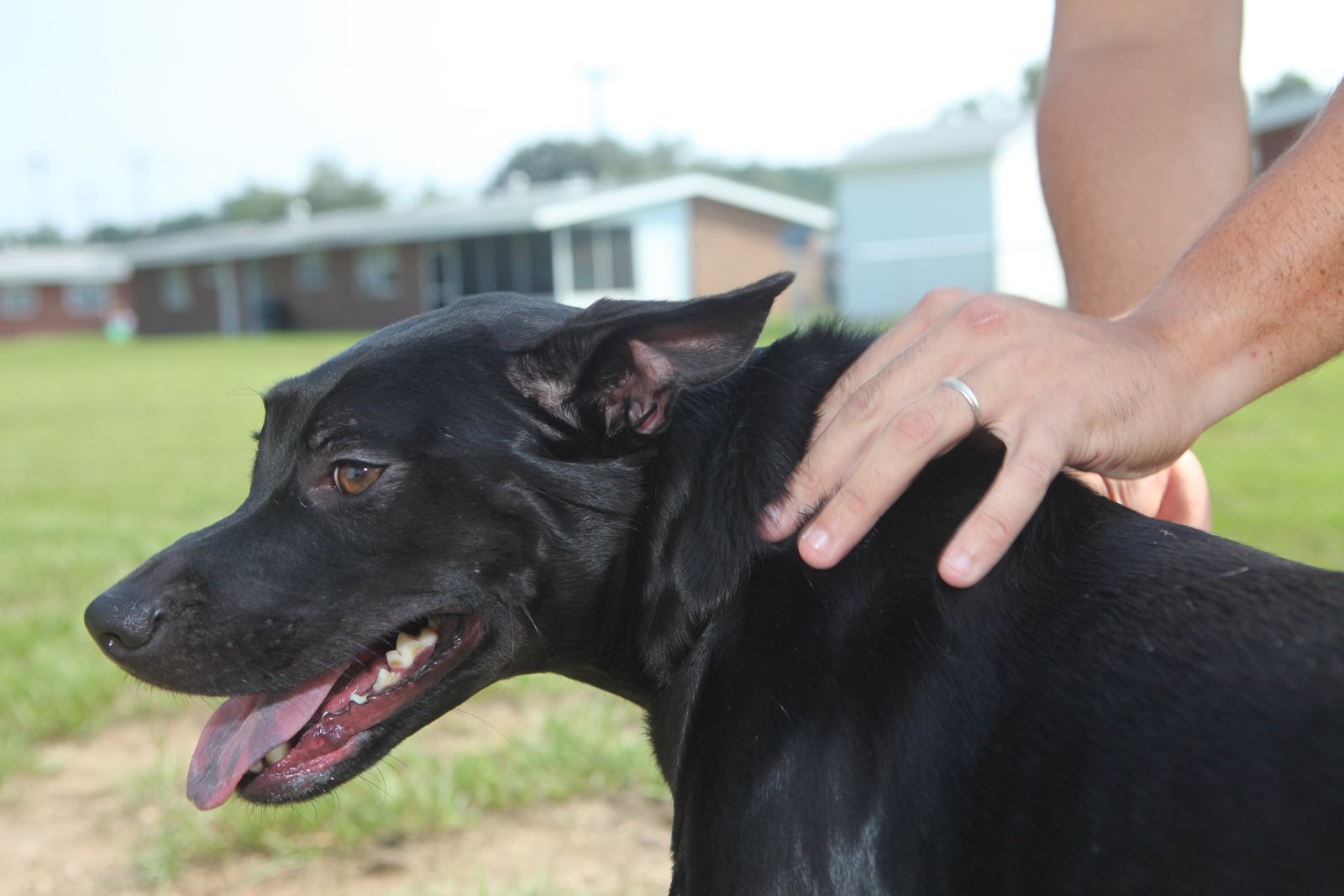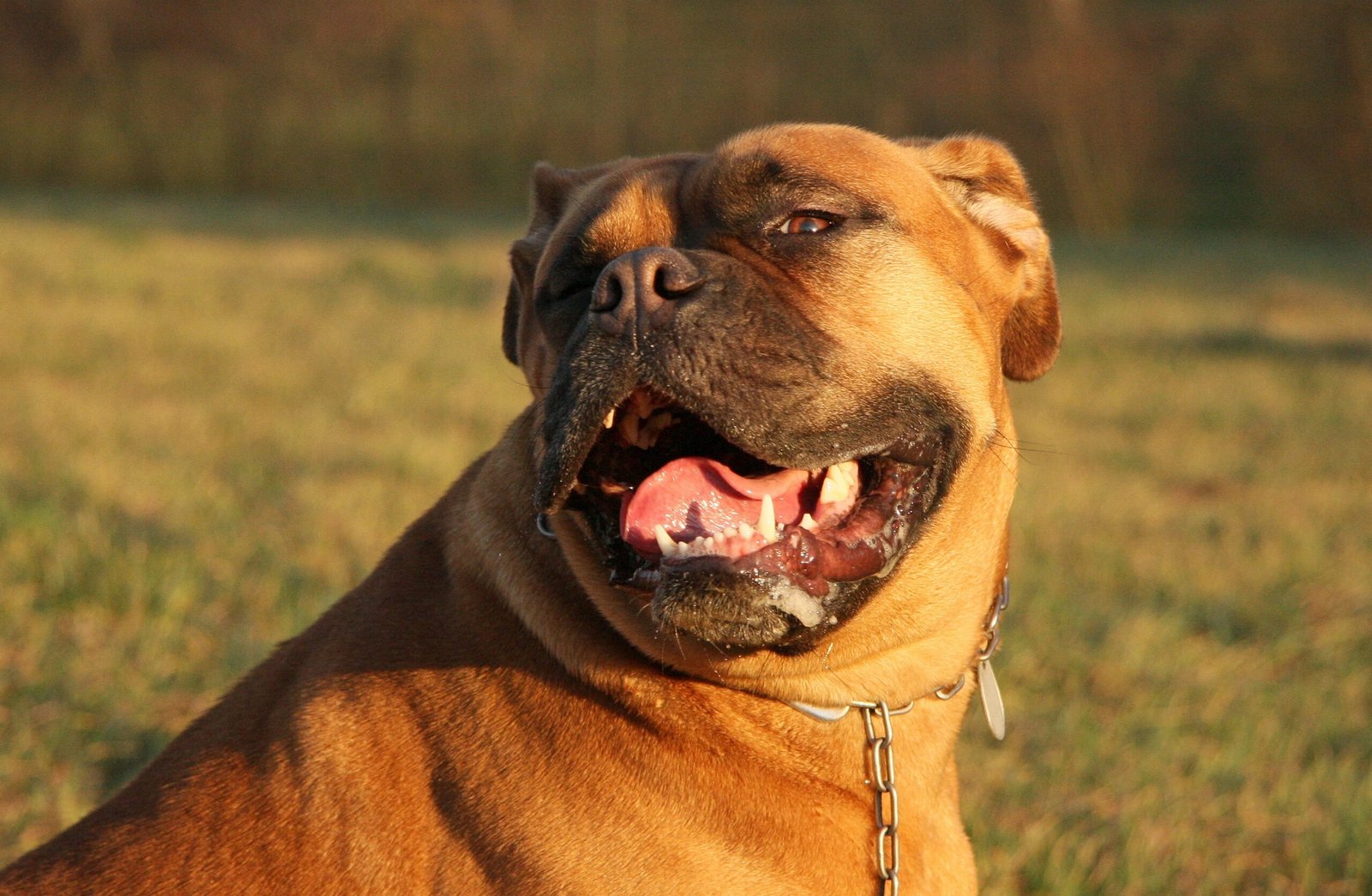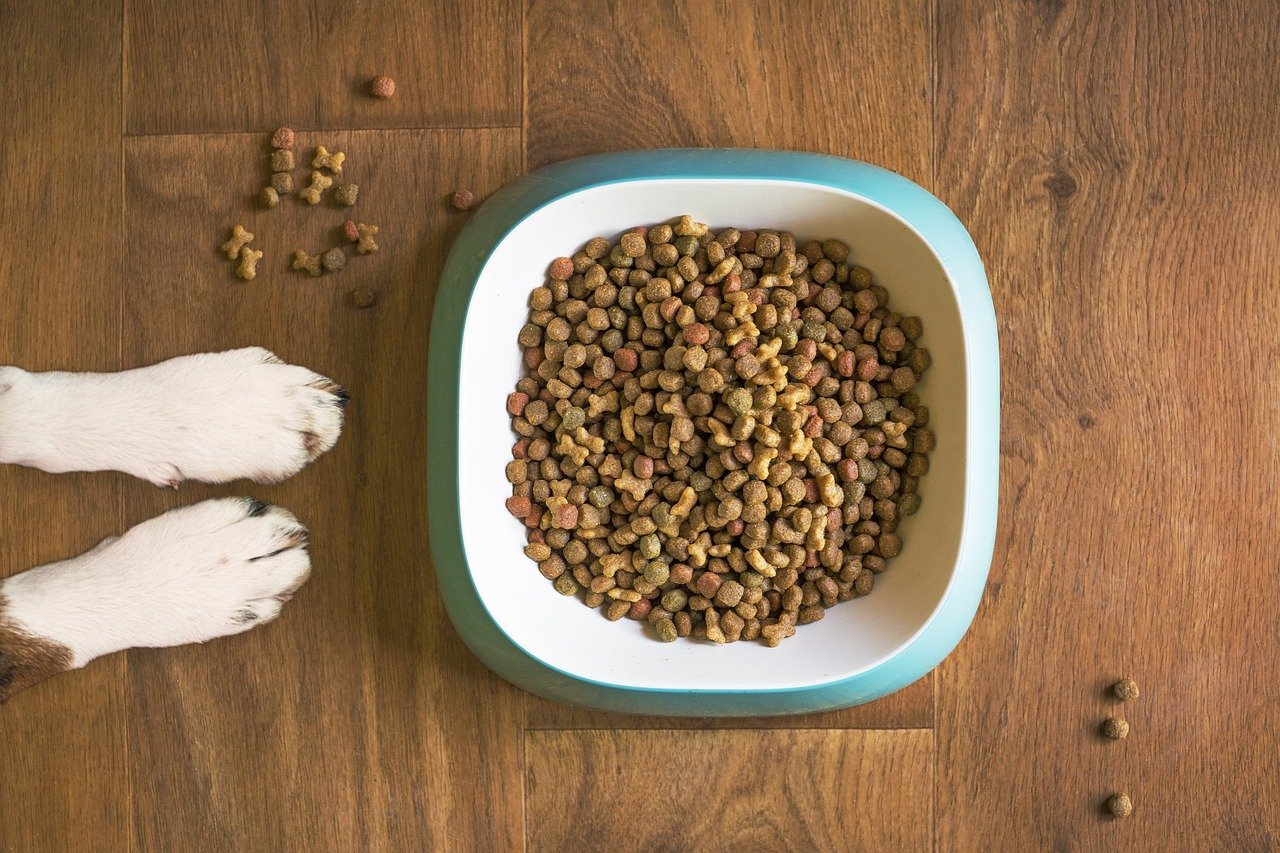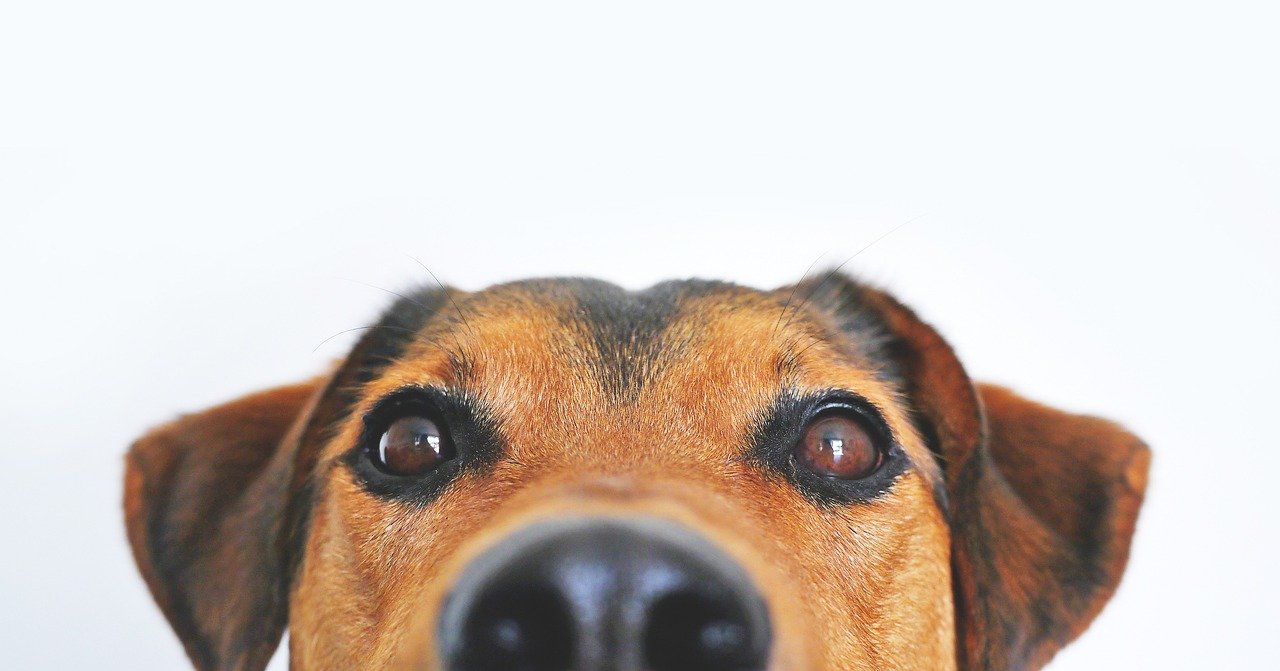Have you ever wondered if your dog is secretly parched, even when their water bowl seems full? Dehydration in dogs can sneak up on even the most attentive pet parents. While most people watch for obvious symptoms like panting or a dry nose, there are some truly surprising signs that your furry friend might be running low on fluids. Let’s take a lively stroll through ten less-known clues that could mean your dog needs a big, refreshing drink—some might even make you smile or raise an eyebrow!
Sudden Sleepiness or Lethargy
If your fun-loving pooch suddenly acts as if they’ve run a marathon—despite only moving from the couch to their bed—dehydration could be the culprit. Dogs rely on water to fuel their energy, much like a car needs gasoline. When their tank is low, they can become uncharacteristically tired or lazy. This isn’t just about a lazy afternoon; it’s a notable change in their typical enthusiasm. Keep an eye out if your playful pup seems to lose their spark and spends more time napping than usual. While age and weather can play a role, persistent sleepiness is a sign worth watching. So, if your dog’s inner puppy seems to have faded, check their water bowl before assuming it’s just a case of the Mondays.
Gum Gloom: Dry or Sticky Mouth

A dog’s gums should be moist and glistening, almost like a freshly washed apple. But if you notice their gums are dry, sticky, or even tacky to the touch, it’s not just a dental issue—it could be dehydration. Try gently pressing on their gums; if the pink color doesn’t return quickly, something’s off. This is one of those sneaky signs that often goes unnoticed unless you’re already looking for it. Checking your dog’s mouth may sound a bit odd, but it’s a quick detective move that can help spot trouble before it gets serious. Gloomy gums don’t lie!
Sunken, Sad-Looking Eyes
You know those puppy dog eyes that melt your heart? If they suddenly look sunken or less sparkly, dehydration may be to blame. The eyes can lose their plump, lively appearance when a dog is missing out on vital fluids. It’s as if the windows to their soul are fogged up. This is especially noticeable in smaller breeds, where changes in facial appearance are easier to spot. Don’t ignore those sad eyes—they might be asking for water, not just a treat. Give them a closer look if your dog’s gaze seems less bright than usual.
Loss of Skin Elasticity
Here’s a fun little test: gently pinch a bit of loose skin at the back of your dog’s neck, then let go. In a well-hydrated dog, the skin snaps right back into place. But if it stays tented or takes a few moments to settle, dehydration could be at play. This “skin tent” trick is simple and surprisingly effective. Just be gentle—your dog might not appreciate being turned into an accordion. It works best on younger, healthy dogs, as older dogs naturally lose some skin elasticity with age. Still, it’s a clever way to check their hydration status in seconds.
Thick, Ropy Saliva

Most dogs have a bit of drool, especially when they’re anticipating dinner. But pay attention if that saliva becomes unusually thick, sticky, or almost rope-like. When a dog is dehydrated, their body conserves water by producing less, and thicker, saliva. This can make their mouth look like they just finished eating peanut butter (even if they haven’t). It’s not the most glamorous sign, but it’s a clear signal that your dog might need more water. So, if you notice extra-gooey slobber, don’t just grab a towel—fill up their water bowl!
Loss of Appetite or Odd Eating Habits

Dogs usually love mealtime, sometimes with a passion that borders on obsession. If your pup suddenly turns up their nose at dinner, or seems uninterested in treats, dehydration could be part of the problem. Water is essential for healthy digestion, and without it, food just doesn’t seem appealing. Sometimes, dogs might eat slower or leave their food unfinished. While there are many reasons for appetite changes, don’t forget to consider hydration. It’s a subtle sign, but it can speak volumes about what’s happening inside your dog’s body.
Panting Even in Cool Weather

Panting is a normal way for dogs to cool off, but if your furball is panting heavily on a chilly day or indoors with the air conditioner humming, dehydration might be the reason. Their bodies work harder to regulate temperature when fluids are low, leading to panting that seems out of place. It’s like wearing a winter coat in July—it just doesn’t fit the situation. Notice if your dog’s breathing seems faster or more labored than usual, especially when there’s no clear reason. A bit of water could help turn that heavy panting into contented sighs.
Weird Behavior: Restlessness or Pacing
Sometimes, dehydration can make dogs act a little odd. If your usually calm pup starts pacing, seems restless, or can’t settle down, it might not be nerves—it might be thirst. Just as people get cranky or fidgety when dehydrated, dogs can show similar changes. You might notice them moving from spot to spot, unable to get comfortable. This is a sneaky sign, because it’s easy to chalk up to boredom or excitement. But if restlessness comes out of nowhere, it’s worth considering whether your dog simply needs a drink.
Reduced Urination or Dark Urine
Nobody likes to discuss bathroom habits, but your dog’s pee can reveal a lot. Dehydrated dogs will urinate less often, and when they do, the urine may appear darker and more concentrated than usual. This is the body’s way of saving water, but it’s not healthy in the long run. On daily walks, keep an eye out for changes in their usual routine. If you notice fewer pit stops or a change in color, take it as a nudge to increase their water intake. It’s a practical, if slightly awkward, sign of what’s happening inside.
Cool, Dry Nose Instead of Moist and Cold

We’ve all heard that a dog’s nose should be cold and wet, but what if it’s dry and oddly cool? While a dry nose isn’t always a red flag, combined with other signs, it can suggest dehydration. The nose is like a tiny weather station for your dog’s health. If it stays dry for hours or feels less slick than usual, especially after exercise or playtime, your pup might be low on fluids. This is a subtle but surprisingly telling clue—after all, a healthy nose is a happy nose!
What would you have guessed—did any of these signs surprise you?

Born and bred in South Africa, a Capetonian at heart. Amy-Leigh’s love for nature and animals was inherited from her Dad. He loves taking the family on road trips to experience nature at its finest; Amy-Leigh’s favourite being whale watching in Hermanus and spotting Kudu along the West Coast. Amy-Leigh holds a BA in English Literature and Communication Studies.





